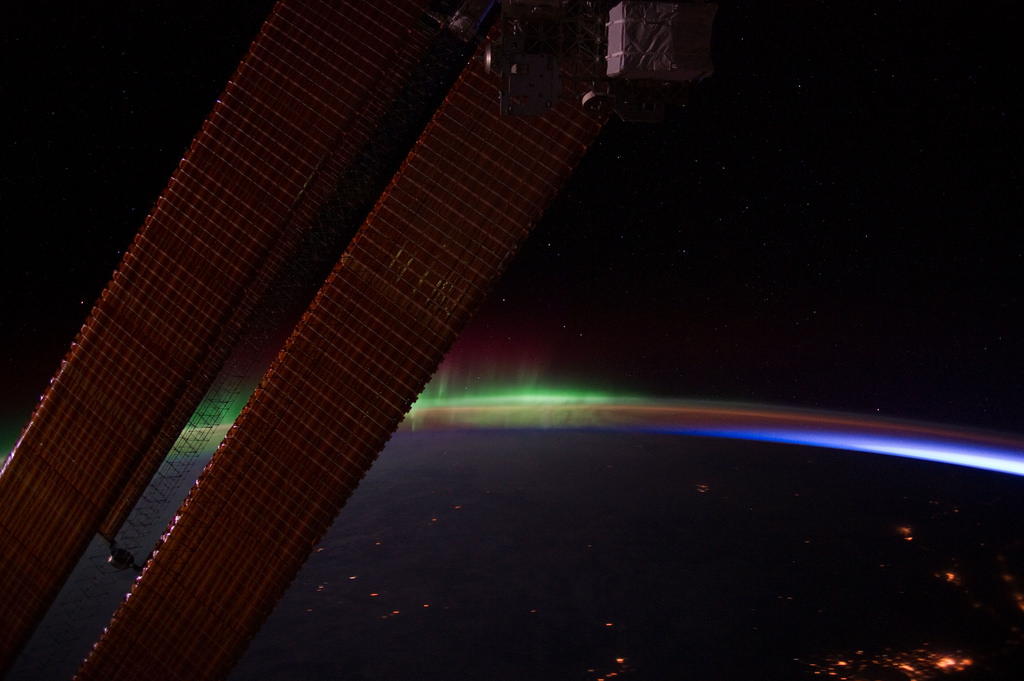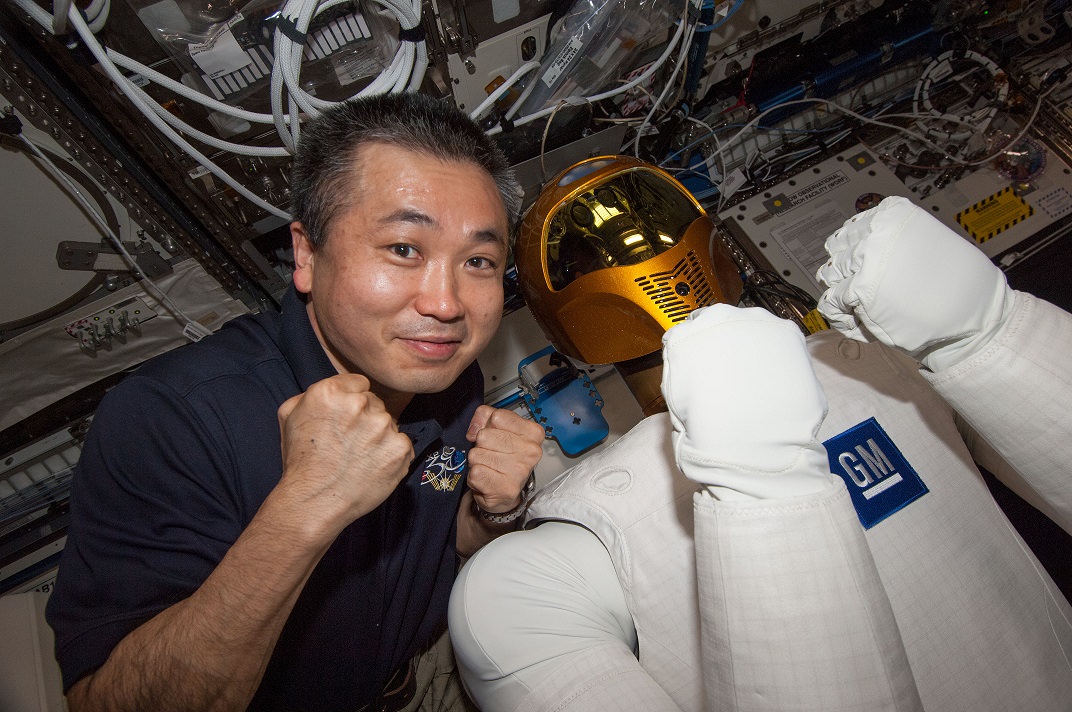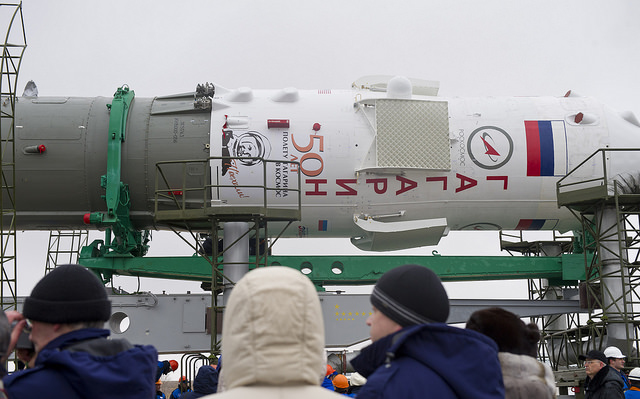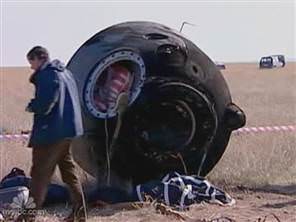[/caption]
Today SpaceX today released an image of the fully assembled Dragon capsule and Falcon 9 rocket inside their facility at Cape Canaveral. This means the first test launch of a commercially built spacecraft to the International Space Station is just a bit closer. The exact date of the launch has not yet been announced after NASA and SpaceX agreed in early this year that the Feb. 7 date they were aiming for was not feasible. The demonstration flight – called COTS 2/3 – will be the premiere test flight in NASA’s new strategy to resupply the ISS with privately developed rockets and cargo carriers under the Commercial Orbital Transportation Services (COTS) initiative.
In a press conference earlier this month, NASA’s Mike Suffredini said SpaceX’s launch would be no earlier than March 20. “There are no big problems being worked but a lot of little things to wrap up,” he said. “I wouldn’t hold my breath, as it is a challenging date, but I would guess we’ll fly within a couple of weeks of that date. We’ll hold that date as we work towards the launch.”
Suffredini added that SpaceX is working on minor hardware modifications, plus they will need to do a wet dress rehearsal and hot fire test beforehand, so all that makes March 20 a challenging date. There’s a good window of opportunity between March 20 and the next Soyuz launch to bring the next crew to the ISS, which has been delayed due to problems with the Soyuz capsule. No firm date has been set for the Soyuz launch, but it will likely be late April or early May.
We’ll keep you posted when the tentative launch dates are announced.
And if you haven’t seen it yet, click on the image below to see a very cool panorama of the inside of the Dragon capsule.
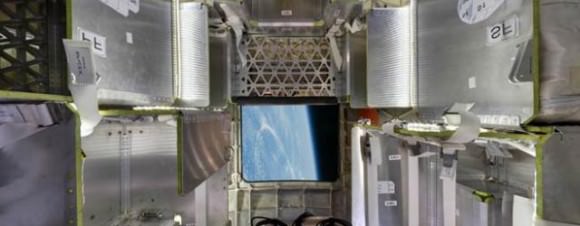
Source: @SpaceX



